28+ Sample Waiver Agreement
-
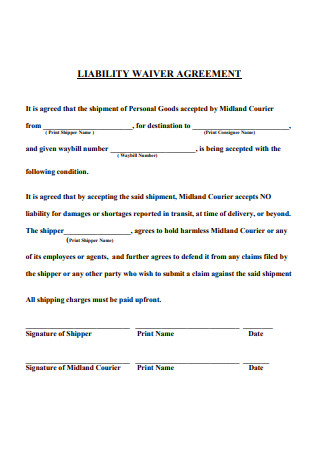
Liability Waiver Agreement
download now -
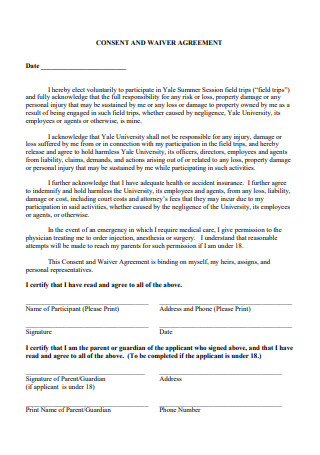
Consent and Waiver Agreement
download now -
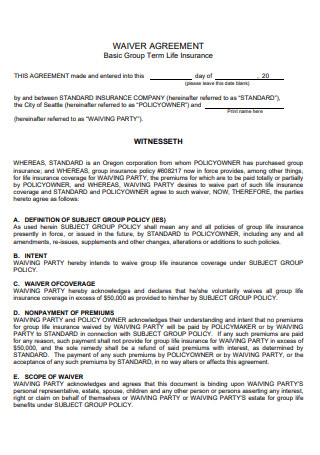
Basic Waiver Agreement
download now -
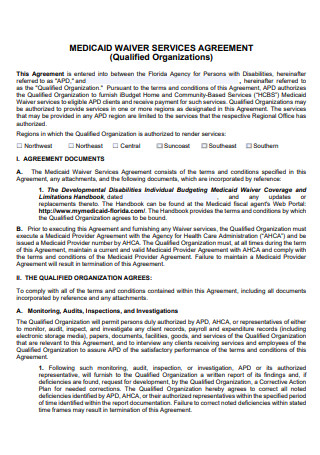
Waiver Services Agreement
download now -
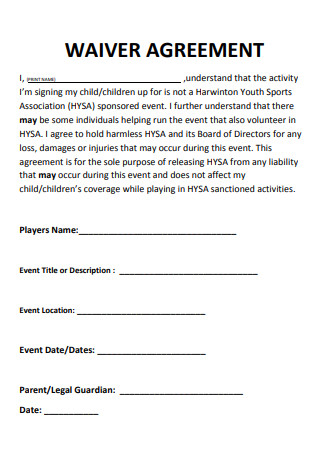
Formal Waiver Agreement
download now -
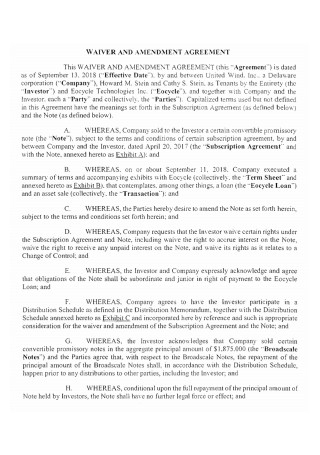
Waiver and Amendment Agreement
download now -
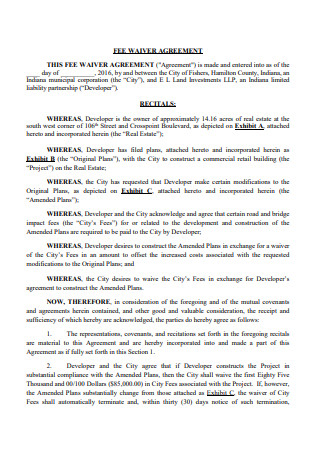
Fee Waiver Agreement
download now -
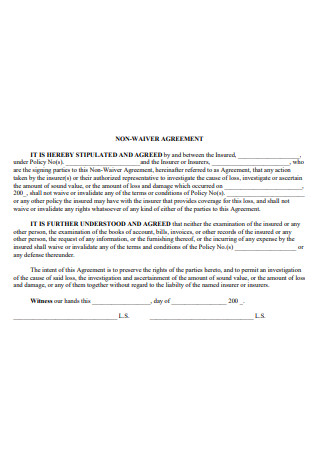
Non Waiver Agreement
download now -
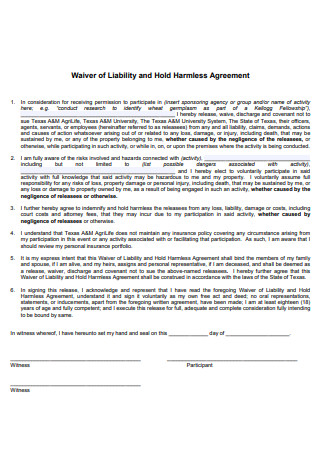
Waiver of Liability and Harmless Agreement
download now -
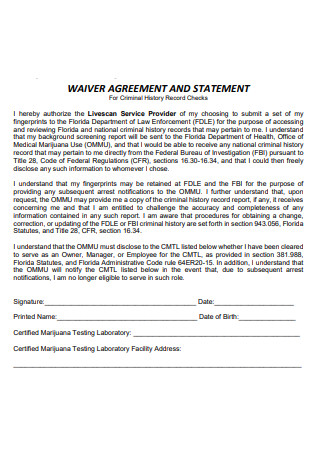
Waiver Agreement and Statement
download now -
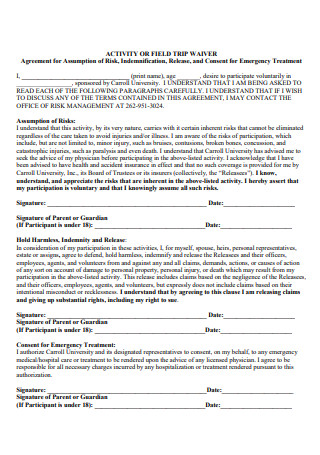
Activity or Field Waiver Agreement
download now -
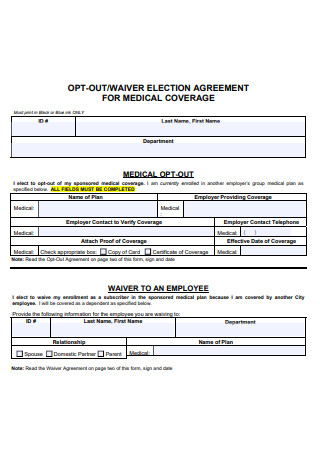
Waiver Election Agreement
download now -
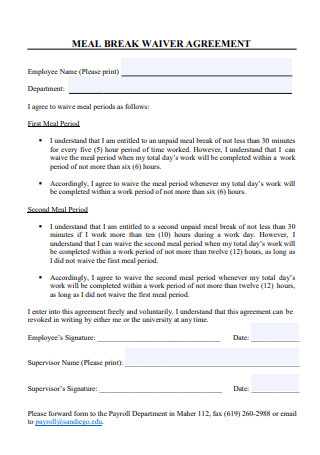
Meal Break Waiver Agreement
download now -
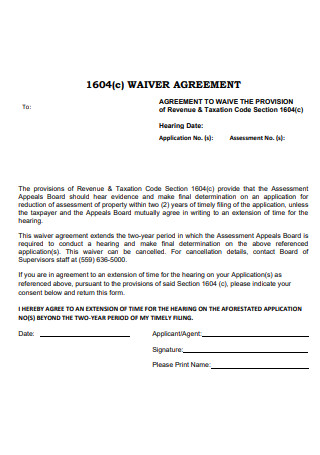
Waiver Agreement Example
download now -
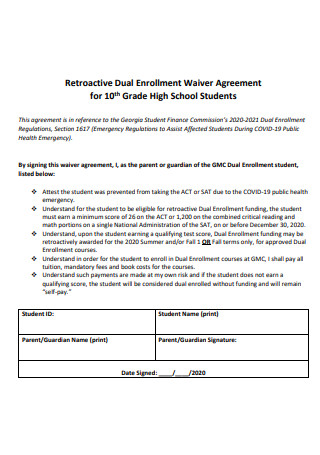
Dual Enrollment Waiver Agreement
download now -
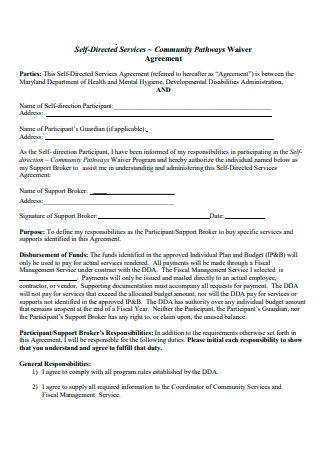
Community Waiver Agreement
download now -
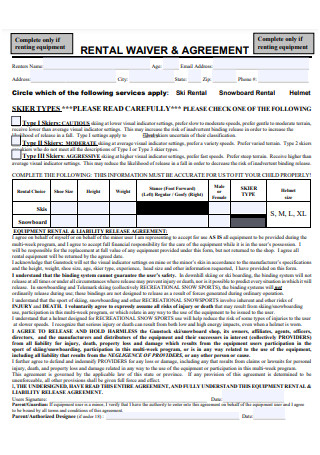
Rental Waiver and Agreement
download now -
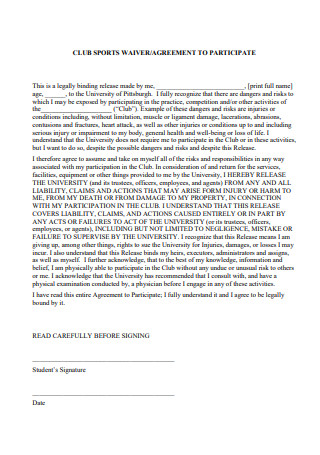
Sports Waiver Agreement to Participate
download now -
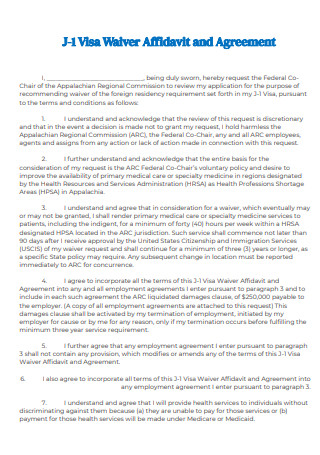
Waiver Affidavit and Agreement
download now -
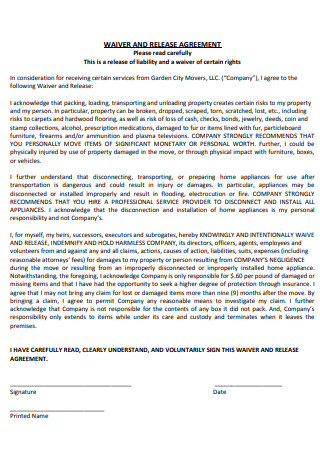
Waiver and Release Agreement
download now -
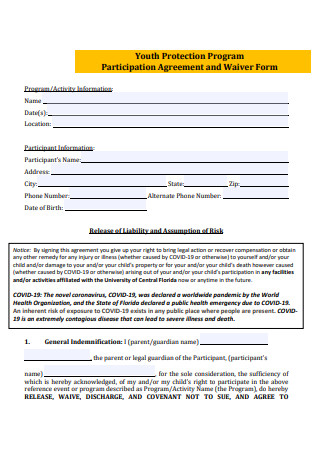
Participation Agreement and Waiver Form
download now -
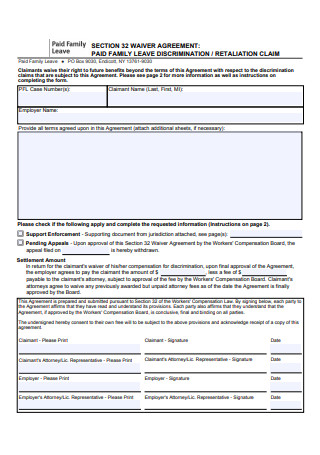
Waiver Agreement Format
download now -
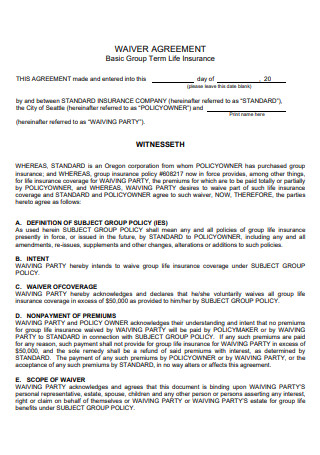
Group Term Life Insurance Waiver Agreement
download now -
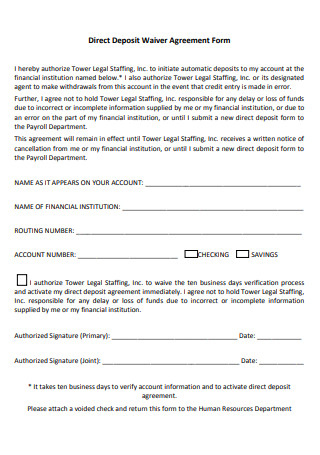
Direct Deposit Waiver Agreement Form
download now -
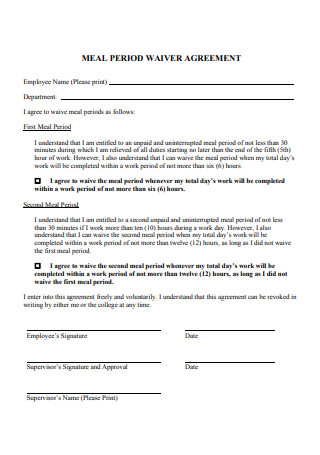
Meal Period Waiver Agreement
download now -

Information Release and Waiver Agreement
download now -
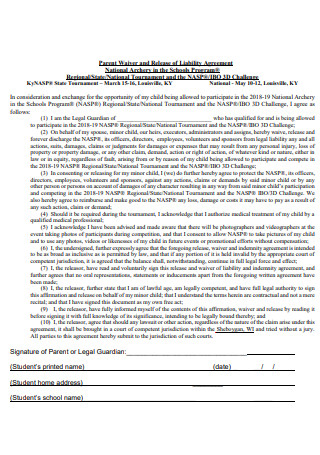
Parent Waiver and Release of Liability Agreement
download now -
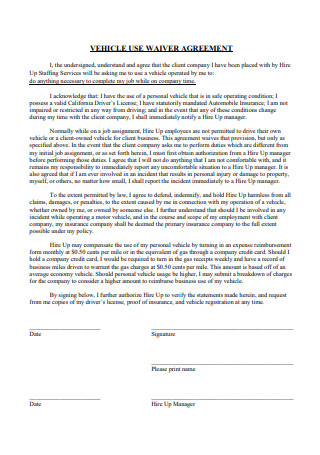
Vehicle Use Waiver Agreement
download now -
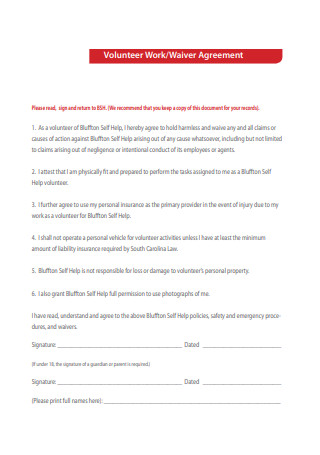
Volunteer Work Waiver Agreement
download now
FREE Waiver Agreement s to Download
28+ Sample Waiver Agreement
What Is a Waiver Agreement?
Essential Components of a Waiver Agreement
Types of Waivers
How to Create a Liability Waiver Agreement
FAQs
What is the use of waivers?
Can you sue after signing a waiver?
What is the difference between a waiver and a release?
What is a consideration in a waiver?
What Is a Waiver Agreement?
A waiver agreement is a legally binding provision covering both parties in a contract. Both parties form an arrangement to forfeit a claim or claims without the liability of the other party. It is an enforceable commitment not to proceed with any legal action or claim in exchange for monetary or non-monetary compensation. One of the parties involved gives money or another form of consideration to the other party in exchange for not pressing charges or take legal action. Waivers usually come in written form, with the party’s intent to relinquish some legal rights and obligations. It is worth noting that the renouncement must be done voluntarily and applies to various legal situations.
In a document presented by the Center on Juvenile and Criminal Justice (CJCJ) entitled, Waiver of Juveniles to Criminal Court: Judicial Discretion and Racial Disparity, the researcher found that out of the 29 percent of juveniles using prosecution waivers, only 23 percent did not receive any form of juvenile justice treatment programming, which is what they deserve.
Essential Components of a Waiver Agreement
A waiver agreement must contain six main elements for it to hold in court. Missing one of the six may cause complications in future arrangements if it leads to legal actions. The key to writing a comprehensive waiver is to know what you must include and use understandable language throughout the agreement. Below are the elements you must incorporate.
Types of Waivers
Writing a waiver depends on various factors and situations. Each agreement corresponds to the intention the company wants to have. Below are several examples and types a business can use for its arrangements.
How to Create a Liability Waiver Agreement
Any business or interaction that requires a person to have an arrangement with other people must have a liability waiver agreement. As long as there is a risk to participate in business activities or events, the waiver serves as a safety net. Here are helpful steps in completing a comprehensive agreement.
Step 1: Get Help and Hire an Attorney
Before drafting and setting up a waiver, it is essential to have an experienced attorney or lawyer. Get an attorney to draft or revise an agreement with you. A lawyer that practices in small business ventures will know local laws and regulations affecting the contents of the waiver. It is advisable to follow mandated guidelines like abiding by state laws and public policy, attention to detail and proper wording, and not clearing the company from gross carelessness.
Step 2: Use Correct Structure and Proper Formatting
Writing waivers follow a definite structure. In looking at the composition, it is advantageous to use templates and examples in assuming the correct order. It is also fitting to gain insight into waiver agreements that function in a similar nature as yours. Proper formatting also impacts how you present your document. Staying within the correct margins and readable font and highlighting critical parts of your arrangement by underlining or bolding the words are essential to building the agreement.
Step 3: Include a Subject Line and a Cautionary Statement
Every agreement or legal document must contain a subject line for it to become valid. It must also be situated at the top of the first page of your paper and centered, presented in bold letters. After the title, involve a cautionary statement that warns the readers to understand the waiver thoroughly. It’s also advisable to make the sentence or sentences in bold writing. Do not forget to indicate the date of creation and the date of filing the document.
Step 4: Talk about the Activity Risks and Assumption of Risks
Detail the activity list, along with the potential risks that come with performing or participating in the activity. It allows you to alleviate possible problems as the participant understands these risks before the event. Write the waiver from the first-person point of view to relay that you are the one informing the individual. To reduce the chances of participants predicting risks of an activity, including a list containing an assumption of likely risks is advisable. It assures the business does not get the liability for the participant’s skewed judgment.
Step 5: Indicate the Insurance and Choice of Law Provision
Stress that the company or you do not have the obligation of providing insurance policies to cover your clients. It is one of the ways to clear doubts about insurance issues. It is also appropriate to include the location the waiver agreement covers. Including the information helps the courts to identify which local jurisdictions cover the document. It is also necessary to read waiver laws for the particular state incorporating your arrangement.
Step 6: Incorporate a Means of Confirmation and Signature
The confirmation section of the liability waiver agreement is a necessary part of the document. Despite it being a critical aspect, it doesn’t have to be lengthy. It states that the participant or the client has read and understood the content of your waiver. The sentence or clause usually presents itself just above the signature line of the document. On the very last page, include a signature line for your participant to sign. Having the signature acknowledges that the client agrees to the terms and conditions of the liability waiver that retracts the company’s responsibility in the case of injuries.
FAQs
What is the use of waivers?
The primary purpose of waivers is to remove any actual or potential liability concerning the other party of the agreement. For example, when an arrangement involves two parties, one of the involved parties relinquishes the right to pursue any legal action against the other once it is final. Once party signs over their rights to any claim entitled against the other, it is usually under the impression that they are receiving some sort of compensation or benefit.
Can you sue after signing a waiver?
Different states have various legal processes when it comes to waivers. Defining liability depends solely on the rules of a particular state. Most courts implement the scope of the document on a case-to-case basis. In California, liability waivers are not impassable. Meaning they do not protect a person or a company from all potential liability. There are situations when agreements do not hold up in court hearings and investigations if the defendant was malicious, it did not adequately warn of possible risks, and it contains errors that deem the document invalid.
What is the difference between a waiver and a release?
The principal difference between a waiver and a release pertains to the transfer of ownership. A person releasing their rights means they are transferring it to another person or entity. While waiving your rights means they are gone entirely. For example, when it comes to a company’s intellectual property. When claims are released, the other party now holds the benefits of that property, while waiving the rights mean that any other entity cannot utilize it.
What is a consideration in a waiver?
The most common consideration related to a waiver is money. However, other goods and services of monetary value are also a consideration as well. Usually, when both parties agree to a mutual agreement, then it is valid. However, if the compensation is to be of less value, defective, or damaged, or of improper performance, in the case of services, the courts can declare a failure of consideration, and the contract will be unenforceable or invalid.
To any form of business agreement or arrangement with another entity, it is necessary to safeguard yourself and the company from any possible legal consequences. In creating or drafting a waiver agreement, it is critical to seek help and legal guidance from expert attorneys and lawyers who have a background in the field. It is also advisable to be present when it comes to the composition of these documents to understand the importance of their role in your company. In the words of Nelson Mandela, “Negotiation and discussion are the greatest weapons we have for promoting peace and development.” It promotes safety and a positive working relationship with you and your participants. Check out the waiver agreement samples above available for use and download for your next arrangement.
